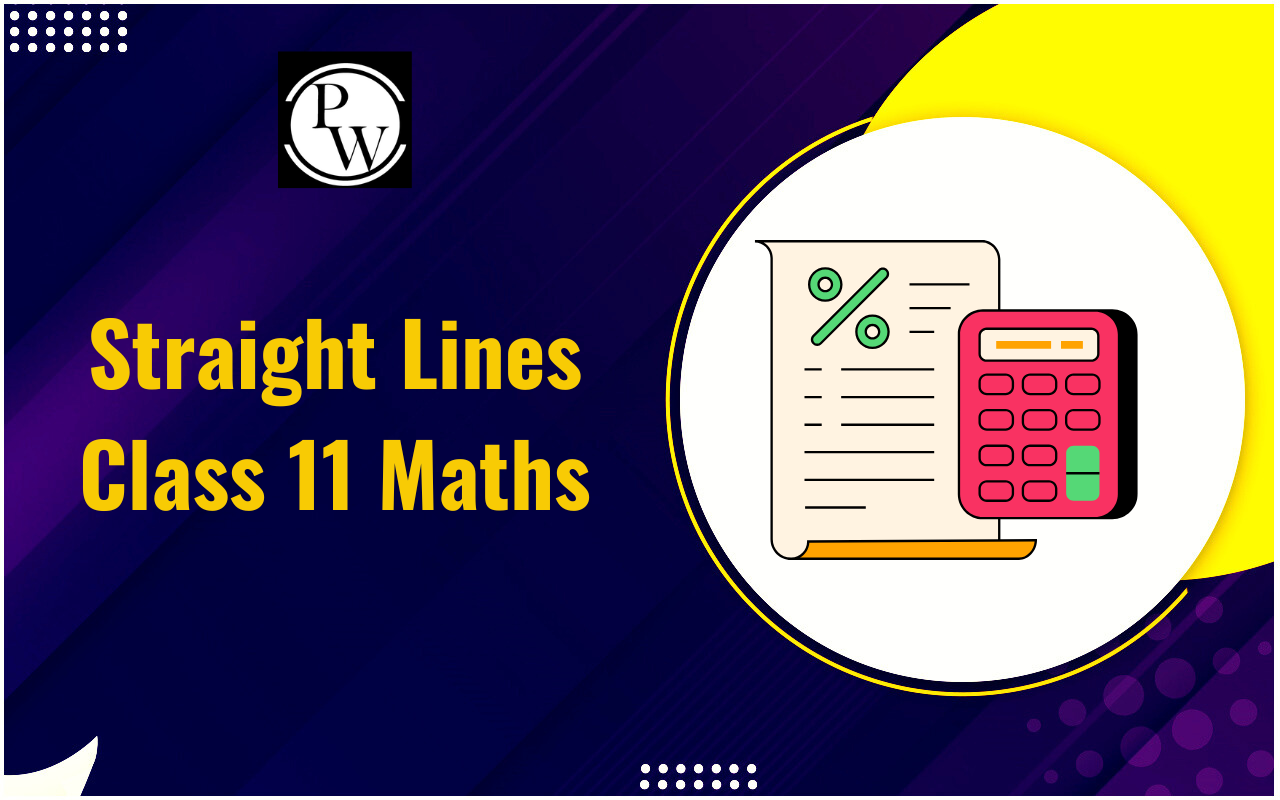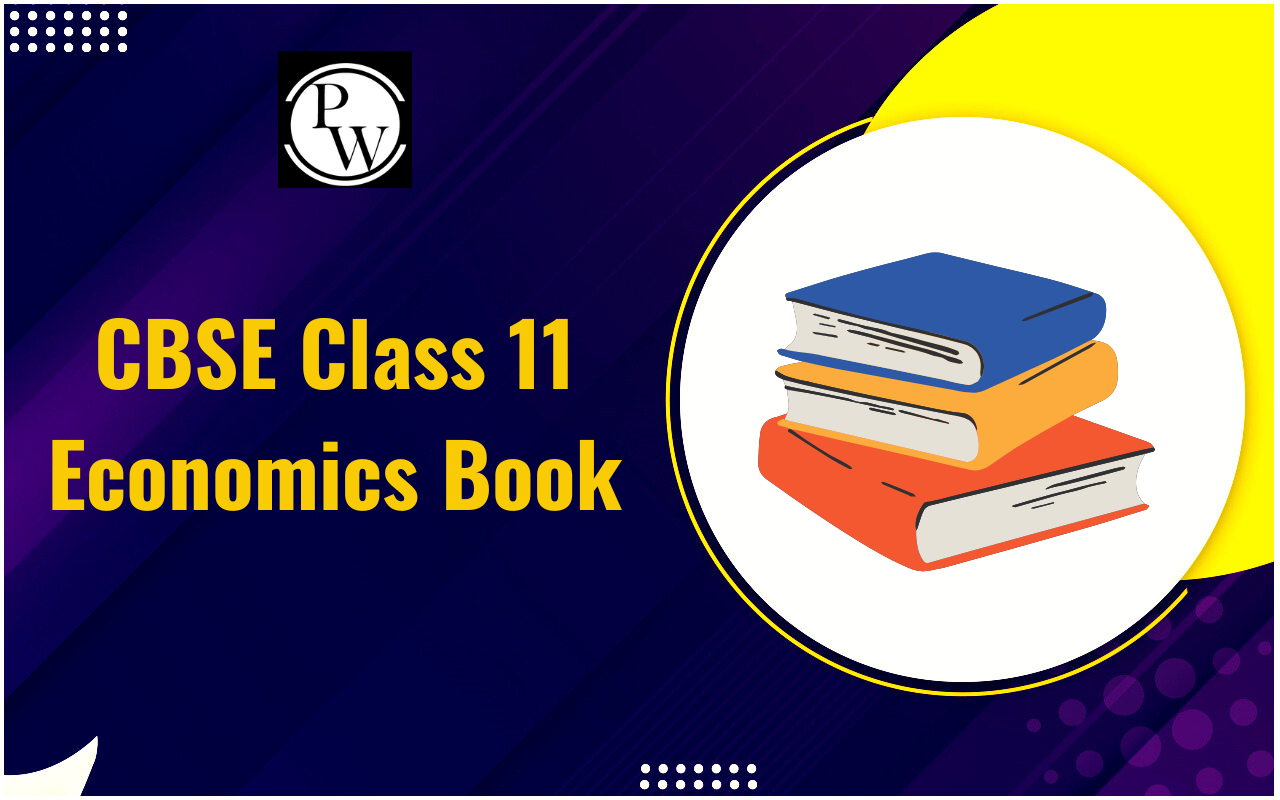
International Trade: International trade has grown significantly, with businesses operating across borders and global markets becoming more interconnected. Several international institutions and trade agreements have been established to ensure fair practices and address trade issues.
These entities play a crucial role in regulating and facilitating trade between nations, helping to create a balanced and organized global trading environment. This article aims to provide Commerce Students with a clear and concise understanding of the key International Trade Institutions and Agreements that shape international business markets.International Trade Institutions
Countries faced significant financial difficulties after World War I and II, and rebuilding was challenging due to disrupted financial systems and resource shortages. To address these issues and promote global cooperation, economist J.M. Keynes and representatives from 44 countries created an association at Bretton Woods. This meeting led to the formation of key international trade institutions: the International Monetary Fund (IMF), the International Bank for Reconstruction and Development (IBRD), and the International Trade Organization (ITO). International Trade institutions were established as the main pillars to support and develop the global economy, ensuring fair trade and financial stability. Now, let's learn about these International Trade Institutions in detail:World Bank
The International Bank for Reconstruction and Development (IBRD), commonly known as the World Bank, was established to rebuild the war-torn economies of Europe and support the development of underdeveloped nations. After 1950, the World Bank shifted its focus to financially unstable countries, investing heavily in social sectors like health and education. Today, the World Bank comprises five global bodies headquartered in Washington, DC, each catering to different financial needs:- International Bank for Reconstruction and Development (IBRD) - Founded in 1945, it focuses on long-term economic development.
- International Financial Corporation (IFC) - Established in 1956, it promotes private sector investment in developing countries.
- Multilateral Investment Guarantee Agency (MIGA) - Created in 1988, offers political risk insurance and credit enhancement.
- International Development Association (IDA) - Founded in 1960, provides low-interest loans and grants to the world's poorest countries.
- International Centre for Settlement of Investment Disputes (ICSID) - Established in 1966, facilitates arbitration and conciliation of investment disputes.
Objectives of the World Bank
Here, we've provided information on the objectives of the World Bank:- Provide Long-term Capital: Facilitate economic development and reconstruction in member countries by offering long-term financial support.
- Improve Balance of Payments: Guide and enhance the balance of payments, contributing to balanced international trade.
- Ensure Successful Project Delivery: Oversee the implementation of development projects, ensuring they are completed effectively and transparently.
- Offer Loan Guarantees: Provide guarantees against loans for large and small projects in member countries, promoting financial stability.
- Encourage Capital Investment: Foster capital investment in member countries by offering guarantees for investments and loans, encouraging economic growth.
Functions of the World Bank
Check here for the details on the functions of the World Bank:- Support Reconstruction: Provide loans to war-torn countries for reconstruction efforts, drawing on extensive experience and resources.
- Aid Development: Offer development loans to various governments for projects in sectors such as irrigation, agriculture, water supply, health, and education.
- Promote Foreign Investment: Guarantee loans to encourage foreign investment in other organizations, supporting economic development.
- Provide Advisory Services: Provide economic, financial, and technical advice to member countries on all projects, aiding in the formulation of effective policies.
- Promote Industrial Development: Introduce and support economic reforms to foster industrial development in developing countries, contributing to overall economic growth.
International Monetary Fund (IMF)
The International Monetary Fund (IMF) is a key global International trade institution established in 1945 alongside the World Bank. Headquartered in Washington, DC, the IMF had 191 member countries as of 2005. Its primary purpose is to create an orderly international monetary system, facilitate global payments, and adjust exchange rates among national currencies.Objectives of the IMF
Here, check for the details on the objectives of the International Monetary Fund:- Promote Global Cooperation: Provide a permanent organization for international cooperation.
- Expand and Balance Global Trade: Promote the expansion and balanced development of global trade, ensuring high employment levels and real income.
- Ensure Trade Stability: Maintain stable trade practices among member nations, ensuring systematic and fair trade techniques.
- Establish Multilateral Payment Systems: Aid in the creation of a multilateral system of payments for current transactions between member countries.
Functions of the IMF
Get here complete details on the functions of the International Monetary Fund:- Promote Global Business Growth: Support the development of global businesses, contributing to increased employment and real income.
- Encourage Trade Stability: Maintain systematic and stable trade relationships among member nations.
- Facilitate Multilateral Fund Exchanges: Help establish a multilateral system for fund exchanges to support transactions between member countries.
World Trade Organisation (WTO)
The World Trade Organization (WTO) was established on January 1, 1995, with its headquarters in Geneva, Switzerland. It is a permanent institution created through a global agreement among member states to manage and resolve trade issues between nations and provide a platform for multilateral trade negotiations. The WTO has 153 member countries. While decisions are made collectively, major economic powers like the US, EU, and Japan often influence trade rules to their advantage. Developing and underdeveloped countries sometimes criticise the WTO for its non-transparent methods and the dominance of powerful nations.Functions of the WTO
Here, learn about the functions of the World Trade Organisation:- Remove Trade Barriers: Work to eliminate barriers to global trade.
- Act as a Dispute Settlement Body: Serve as a forum for resolving trade disputes between member countries.
- Ensure Compliance with Trade Rules: Ensure that member nations follow the established trade regulations for dispute resolution.
- Set Global Trade Regulations: Establish a recognized set of rules for international trade.
- Consult with Other Institutions: Collaborate with various institutions to enhance global economic policymaking and cooperation.
Objectives of the WTO
Get here complete information on the Objectives of the World Trade Organisation:- Improve Standards of Living: Raise the standard of living and income levels, ensuring full employment and increasing production and trade.
- Encourage Sustainable Development: Promote the optimal use of the world's resources for sustainable development while safeguarding the environment.
- Reduce Tariffs and Trade Barriers: Ensure the reduction of tariffs and other trade barriers imposed by different countries.
- Boost Global Economic Growth: Participate in activities that improve living standards, generate employment, increase income and demand, and encourage higher productivity and trade.
- Promote a Stable Trading System: Foster a coordinated, stable, and durable international trading network.
Also Read: Commerce Class 11, Syllabus, Exam Pattern, Preparation Tips
Trade Agreements
Trade agreements are key components of the World Trade Organization (WTO) and help manage global trade relationships. Here are some important trade agreements associated with the World Bank:- Agreement Forming Part of GATT: The General Agreement on Tariffs and Trade (GATT) was revised in 1994 and is now part of the WTO agreements. It includes rules to address specific non-tariff barriers and is a fundamental agreement within the WTO framework.
- Agreement on Textile and Clothing (ATC): The ATC was created to eliminate quota restrictions that developed nations imposed on textiles and clothing imports from developing countries. This agreement aimed to phase out these quotas, which were a departure from GATT's principles of free trade in goods.
- Agreement on Agriculture (AOA): The AOA aims to promote free and fair trade in agricultural products. While GATT rules initially applied to agriculture, they had gaps, such as allowing countries to use tariffs, import quotas, and subsidies to protect local farmers. The AOA addresses these issues, working towards a more systematic and equitable agricultural trade system.
- General Agreement on Trade in Services (GATS): GATS represents a major achievement from the Uruguay Round of negotiations. It extends the rules and disciplines of international trade to services, ensuring that the basic trade principles in goods also apply to services. Services, such as banking or consulting, are intangible acts or performances that cannot be touched or smelled.
- Agreement on Trade-Related Aspects of Intellectual Property Rights (TRIPS): The TRIPS agreement was developed during the Uruguay Round of GATT negotiations (1986-1994). It introduced rules related to intellectual property rights into the multilateral trading system for the first time. Intellectual property includes commercial information such as ideas, inventions, and creative works.
Also Read: Commerce Class 12, Syllabus, Subjects, Detailed Concepts
International trade institutions and agreements are essential for maintaining fair and effective global trade. Bodies like the World Bank, IMF, and WTO, along with agreements such as GATT, ATC, and TRIPS, help regulate and facilitate trade, ensuring stability and fairness in the global marketplace. Therefore, Physics Wallah (PW) excels in coaching commerce students, providing expert instruction and a comprehensive curriculum. PW’s focused approach and dedicated faculty make it a leading choice for students aiming for top academic and career success in commerce.| Also Check: | |
| Delegation of Authority | What is Communication? |
| What is Capitalism? | Meaning and Functions of Environment |
| Monopolistic Competition | What is Share Market? |
International Trade Institutions FAQs
What is an international trading agreement?
An international trading agreement is a treaty between countries that sets the rules for trading goods and services. It outlines the terms of trade and defines the special trade conditions each country gets.
What is the role of international institutions in international trade?
International trade institutions help by setting safety standards, supporting economic stability in developing countries, and establishing rules for making trade agreements and resolving trade disputes.
How do international trade agreements benefit countries?
International trade agreements benefit countries by reducing trade barriers, such as tariffs and quotas, which can lead to lower costs for consumers and businesses. They also open up new markets for exports, encourage investment, and promote economic growth by fostering better trade relations.
Talk to a counsellorHave doubts? Our support team will be happy to assist you!

Free Learning Resources
PW Books
Notes (Class 10-12)
PW Study Materials
Notes (Class 6-9)
Ncert Solutions
Govt Exams
Class 6th to 12th Online Courses
Govt Job Exams Courses
UPSC Coaching
Defence Exam Coaching
Gate Exam Coaching
Other Exams
Know about Physics Wallah
Physics Wallah is an Indian edtech platform that provides accessible & comprehensive learning experiences to students from Class 6th to postgraduate level. We also provide extensive NCERT solutions, sample paper, NEET, JEE Mains, BITSAT previous year papers & more such resources to students. Physics Wallah also caters to over 3.5 million registered students and over 78 lakh+ Youtube subscribers with 4.8 rating on its app.
We Stand Out because
We provide students with intensive courses with India’s qualified & experienced faculties & mentors. PW strives to make the learning experience comprehensive and accessible for students of all sections of society. We believe in empowering every single student who couldn't dream of a good career in engineering and medical field earlier.
Our Key Focus Areas
Physics Wallah's main focus is to make the learning experience as economical as possible for all students. With our affordable courses like Lakshya, Udaan and Arjuna and many others, we have been able to provide a platform for lakhs of aspirants. From providing Chemistry, Maths, Physics formula to giving e-books of eminent authors like RD Sharma, RS Aggarwal and Lakhmir Singh, PW focuses on every single student's need for preparation.
What Makes Us Different
Physics Wallah strives to develop a comprehensive pedagogical structure for students, where they get a state-of-the-art learning experience with study material and resources. Apart from catering students preparing for JEE Mains and NEET, PW also provides study material for each state board like Uttar Pradesh, Bihar, and others
Copyright © 2025 Physicswallah Limited All rights reserved.
Get App









